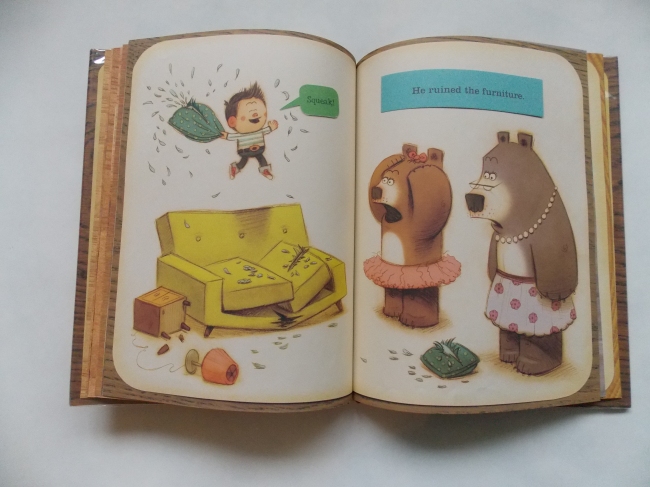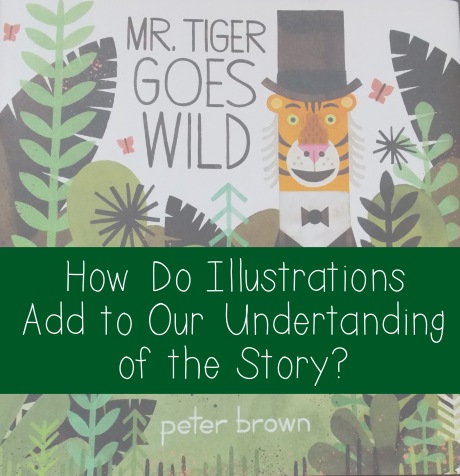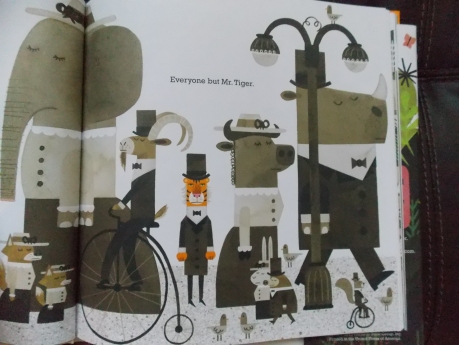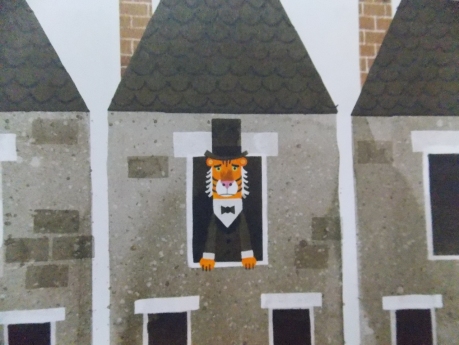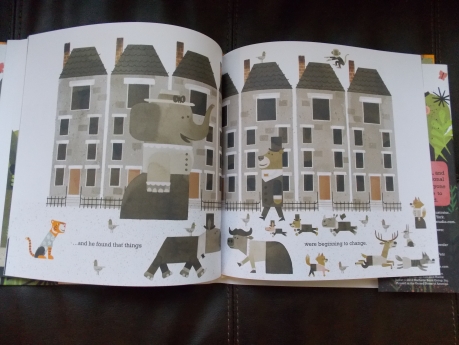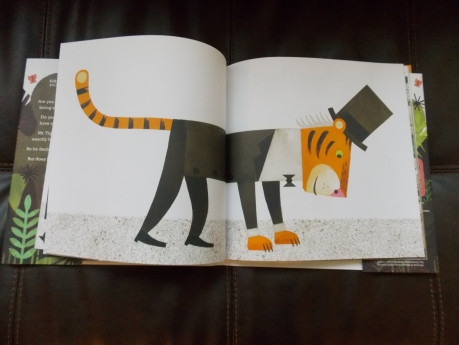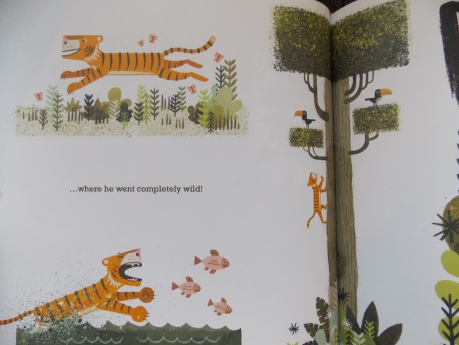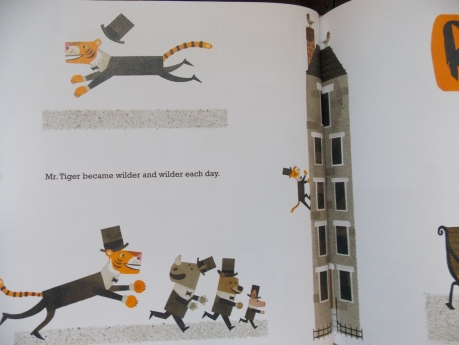I am completely biased, but Valentine's Day is probably best spent in an elementary school. There's a party, and LOTS of card giving! Hearts and chocolate and innocence. I love it.
I also love to share stories. Here are a few of our classroom favorites this year:
1. Love, Splat by Rob Scotton. The illustrations are delightful and funny! There is also Splat the Cat: Funny Valentine, an engaging lift the flap book, perfect for younger readers (but not so much for 3rd graders).
2. Happy Valentine's Day, Dolores by Barbara Samuels. This is a new favorite! I immediately bought my own copy. The story and pictures are very simple, and it was a spot-on tool for teaching character development. We also made a LOT of inferences using the pictures.
3. Valentine's Day by Alice K. Flanagan. It was nice to add a NONFICTION book to our Valentine's Day repertoire. Easily understood and lots of good vocabulary.
4. Valentine Hearts Holiday Poetry by Lee Bennett Hopkins. This I Can Read book is great for students to read on their own once they have heard it read aloud.
5. Arthur's Valentine by Marc Brown. Classic.
Share the love! What are your favorite stories?
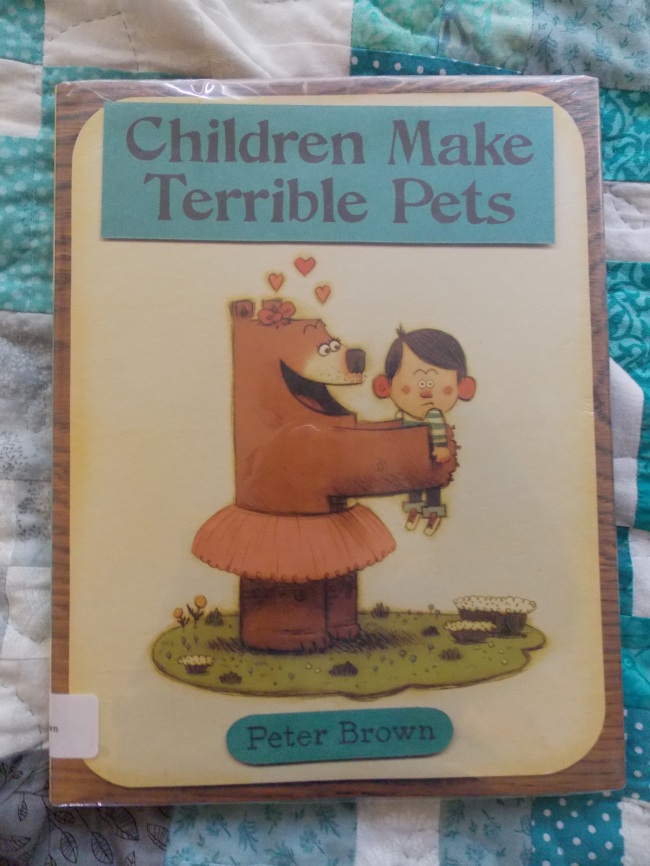 Picture
books have a way of showing me the world from new points of view, in
simple ways and often funny ways. Humor opens doors :)
Picture
books have a way of showing me the world from new points of view, in
simple ways and often funny ways. Humor opens doors :)
